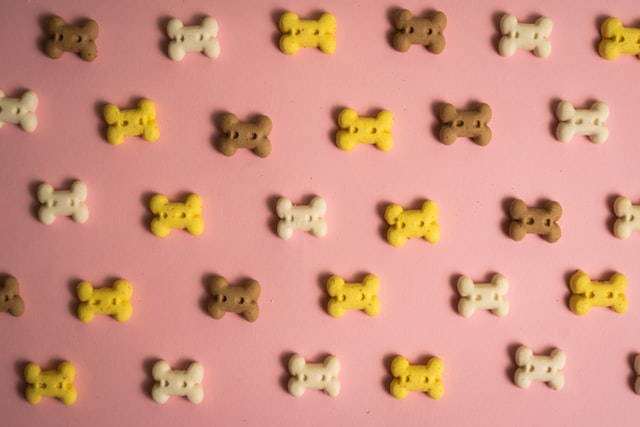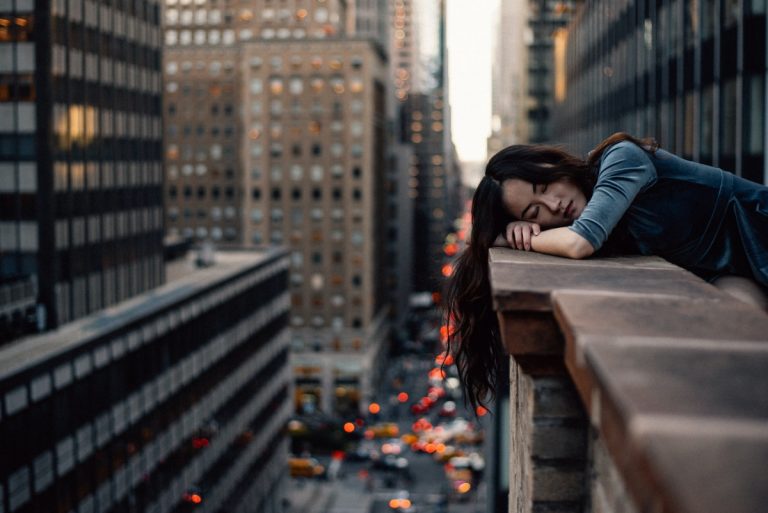What is creativity and how can I unlock my creative potential? This is a common question I am asked by clients looking to foster and develop their creativity. I use creativity to help my clients find meaningful solutions to their problems For me creativity is a process. A process of exploration, play, experimentation and reflection. But its more than that too. Creativity brings together different types of information. The creative process of information gathering especially during therapy links emotions to experiences, values to behaviours, and problems to solutions. Its the process of bringing together that I find most interesting.
creativity is about information gathering
Our bodies and minds hold all the information of our experience. This information is not usually well organised or easily surveyed via our rational awareness. Our bodies record negative experiences differently from positive ones. Experiences of trauma are hidden from our minds and buried deep in our bodies. It can be problematic to expect the mind to be our all seeing eye, all knowing, the boss or the director. Because its only half of the equation.
Our bodies hold a huge amount of information. If we are able to listen to it we can discover so much. This is where creativity is useful. Applying a creative lens to the self is productive and revealing. Allowing our bodies to speak of the stuff our mind doesn’t have access to is going to save you a lot of time and take you to where your treasure lies.
creativity is a dance between what is known in the mind and felt in the body
Creativity is often thought of as a lightening bolt moment of inspiration that seemingly comes from nowhere. While this can happen its usually a series of insights that lead to a meaningful sense of knowing. Its a dance between whats known in the mind and felt in the body. Moving forward and back gathering the information bit by bit, letting it grow into something that then becomes the moment of knowing. Its a priceless experience and one that most of us want more often.
The idea that creativity is a quality that only some of us embody is not true. Each one of us is creative and has a creative potential. We are creative by nature, and that’s different from being artistic. Artists are incredibly creative but you can be creative and not consider yourself an artist. Creativity is as Albert Einstein calls it, “intelligence having fun”. And this is one of the most honest and simple explanation I have come across.
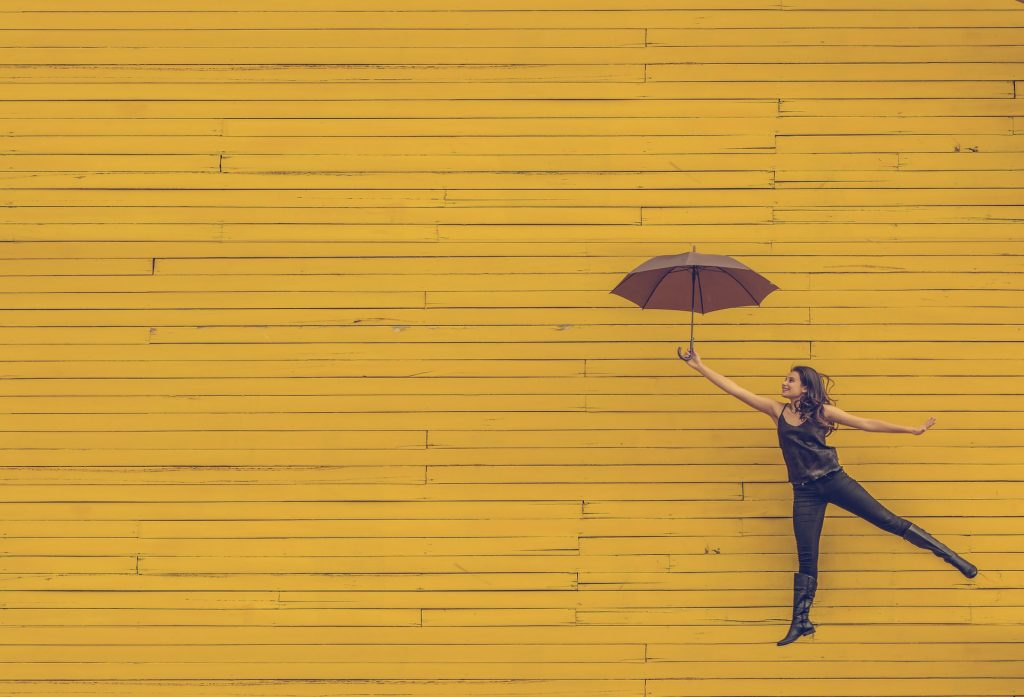
image credit Edu Lauton
creativity requires participation
Building your creative muscles requires practice and repetition. To be creative is to be present and involved with the materials you are working with. Sometimes you don’t necessarily know where you are going when you are being creative. You have to trust the process and allow it to unfold somewhat spontaneously. You can’t control creativity, its a force that requires participation rather than direction. And that whats scary about it.
Unfortunately our education system doesn’t value creativity enough beyond a certain age. Many adults carry experiences of shame, guilt or trauma around creative expression and thought. We value and celebrate creativity when the result is innovation, invention, brilliance or beauty. However our fast paced lives don’t support the creative process. Many places of work view the creative process as risky and time consuming. But despite this, creativity is something that many of of want more of, especially in our work.
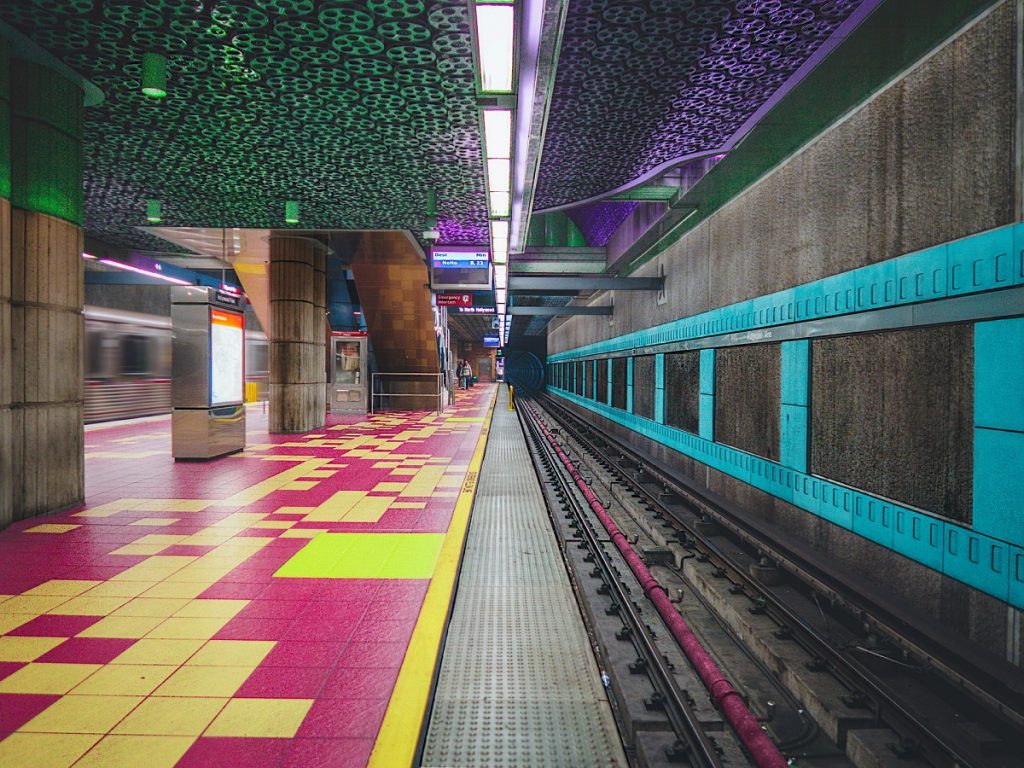
5 ways to help spur your creative potential
Are you one of the many that would like to have more creativity but don’t know where to begin? The following suggestions will help you get started.
1) Firstly you’ll need to tell yourself that you have a creative potential. If you are going to say you are not in any way shape or form creative then that’s how you will remain.
2) Go for a walk, listen to music and let your mind wander. This is easy and while it might not bring immediate insight this is the state of receptivity you want to develop. Spend some time day dreaming, practice and play with this experience. Day dreaming, especially after you have begun a creative task or project is great because it allows your ideas to incubate and grow.
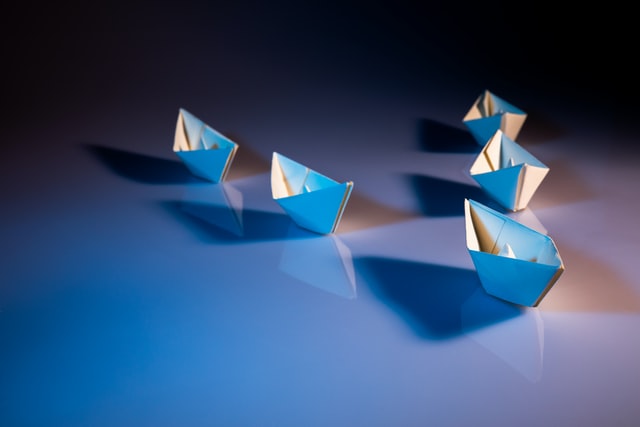
3) Try not to judge what you think, imagine, see or make. Judgement really kills creativity. If you are like the majority of adults the thought of doing creative things sparks a bit of anxiety, especially if you don’t see yourself as particularly creative. This can be a result of creativity being devalued through our education as we got older. So be nice to yourself!
4) If you can spend time with children, they are great teachers for adults when it comes to creativity. Its their full time job. Also get in touch with some of the things you did as child. Maybe you played with Lego, or collected leaves, stones or other little treasures from outside. Reconnecting with a time when you had a very free flowing uninhibited experience of creativity can be really helpful. (Note: If you have a history of childhood trauma ,that you have not yet been able to process, I would advise caution before attempting to connect with early experiences though art or creativity. I advise working with an experienced professional counsellor in this case).
5) Try and have fun, optimism fuels the creative process. Immersing yourself joyfully in the task taking the position of the best possible outcome will help spur creative thought. Take time to write down or map out the best possible outcome. Try and view it with childlike optimism.
So remember next time you need to brainstorm a problem, negotiate a relationship cross road or balance some difficult emotions try an activity to spur some creativity and observe the results.
If you have any questions about creativity in therapy or feel ready to make an appointment please contact me here.



